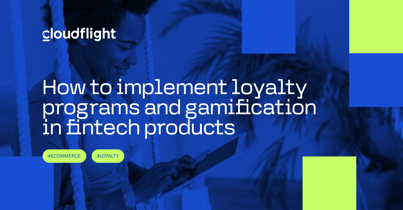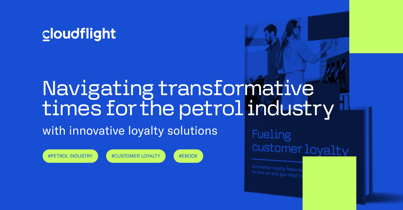The sheer amount of data provided by the internet makes it easy to lose sight of the forest for the trees and to focus purely on last clicks and CTRs—rather than on our client who travels on mole paths through the network. Meanwhile, the real benefits come from long-term and mutually-beneficial relationships with customers. Higher customer lifetime value means lower cost of customer engagement, monetization, retention, and loyalty.
To establish firm relations with customers, it is, however, necessary to deep dive into users’ internet behavior. Focusing just on conversions—seen in separate silos, disconnected and unrelated to the user engagement—is a common mistake made by marketers overwhelmed by the vast amount of data or those searching for simple recipes for allocating their marketing budget.
Customer lifecycle marketing (CLM) is a more sophisticated approach, and more accurately reflects equally complicated user paths.
Understanding the customer lifecycle
It includes highly personalized communications, various marketing channels, and strategies matched adequately to customers’ needs at different stages of their contact with the brand. It is a whole set of activities aiming to effectively reach customers across the web, in-store, via email, by phone, and every other way that a company can interact with them. The main goal of these efforts is not only to convert users into clients, but also to make sure that they will come back. This approach has a solid business foundation since acquiring a new customer can cost up to 25 times more than retaining an existing one. According to a recent Forrester study, 46% of brands declare that increasing revenue from existing customers is their number one priority this year.
Loyalty and engagement are crucial growth factors for retailers. However, neither loyalty nor engagement should be perceived as something buyable with after-sales rewards, like points and discounts. They can be, generally speaking, depicted as the sum of all imponderables that reveal themselves through the customers’ reluctance to look for alternatives.
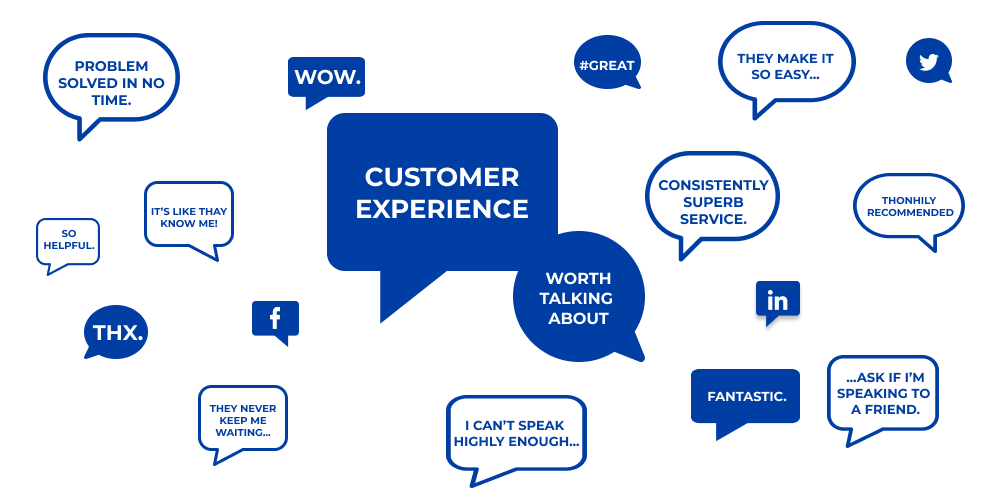
But what attaches clients to a brand? A Capgemini survey found that 75% of respondents who identified as highly loyal to a particular retail brand expected them to deliver a differentiated shopping experience. In this light, loyalty seems like a final reward that brands can win as the result of building long-term and personalized relationships with customers.
What is a customer lifecycle?
The customer lifecycle is an active process inspired by a company to manage the complete customer experience.
What is the buyer’s journey?
The buyer’s journey is his entire interaction with a brand; it started with brand awareness, going through the purchase decision, and ended with post-sales contact.
Origin of the customer lifecycle term
The term “customer lifecycle marketing” is relatively new, and was created by CRM (Customer Relationship Management) providers as a neat explanation of the essence of their core functionality.
CRM systems centralize and aggregate all data associated with relationships and interactions with current and potential clients. They gather all sorts of information about activities connected with finding new buyers, their purchase histories, the support they needed, and all other additional services. The main idea of using a CRM solution is to help businesses to monitor and manage the relationships with clients throughout their entire contact with a brand. From a user perspective, it may be a journey from a decision to a purchase. Still, for an organization, the “lifecycle” term is more accurate. On the one hand, it describes the progression a customer goes through when considering, purchasing, and maintaining loyalty to a product or service. On the other, it emphasizes that the activities do not end with achieving one-time deals.
CRM providers set out to help businesses to forge a data-based marketing strategy to attract customers, grow sales, and deliver better experiences.
The CRM provider, Infusionsoft – according to Smart Insights, the godfather of the term “customer lifecycle” – divided it into three phases:
1. attract
The first step is about catching the user’s attention and planting the seed of purchase intention.
2. sell
That is simple in theory. Still, in practice, it can be challenging to guide a user through the shopping path successfully. Especially in eCommerce, customers are not very patient.
According to a Barilliance study, over 3/4 of shoppers choose to leave the site without completing a purchase.
3. wow
And here it is what we called “the sum of imponderables” above. It is a general impression that puts a smile on the face of the customer and makes him keen to stick around for some time.
Every one of these three phases consists of three stages that include particular marketing tactics.
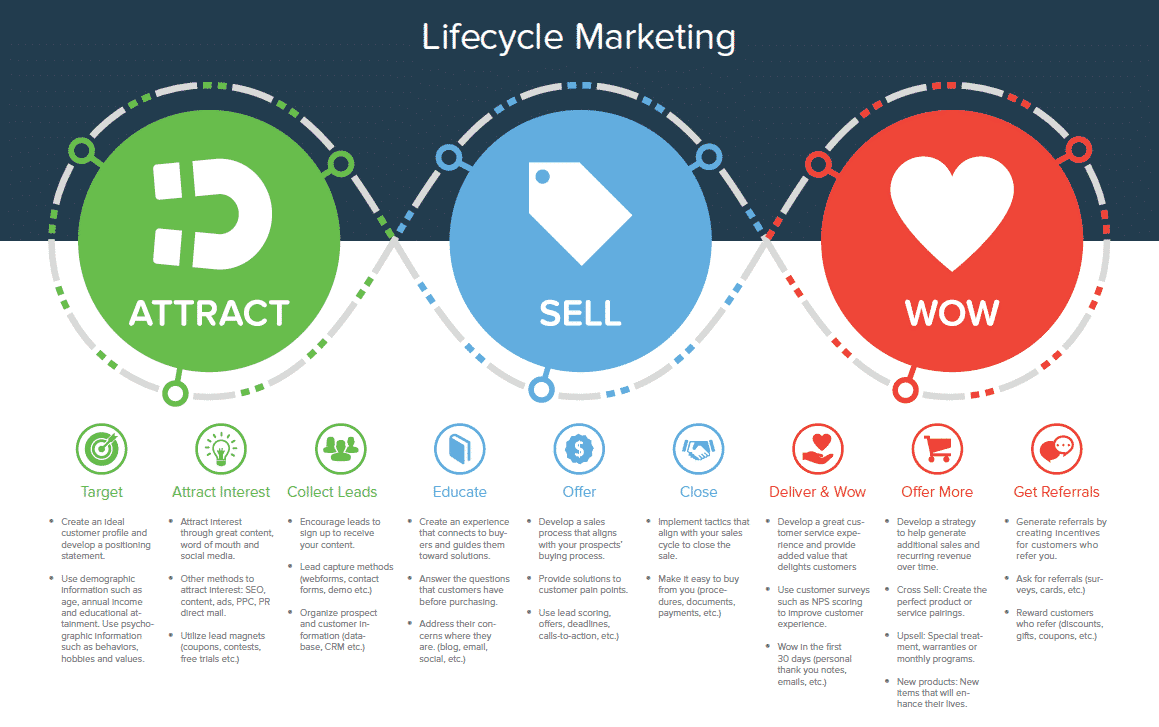
However, probably to simplify the whole concept, nowadays, the consumer lifecycle is often displayed as consisting of five stages.
What are the five stages of the customer lifecycle?
According to Tallyfy, there are five stages of the customer lifecycle: reach, acquisition, conversion, retention, and loyalty
Reach
It is the first moment of contact with the potential customer. It can take place on various platforms or channels: social media, email campaigns, search engine advertising, coupons delivered via mail, or even via word-of-mouth marketing. Businesses must be in places where potential clients like to drop by and provide valuable content for them. And that’s what makes it so tricky. The marketing team must analyze data that come from all these places. The last-click attribution, the old-fashioned model, focused just on a sale or conversion, is a dead-end in the omnichannel era. The moment of birth of a purchase intention is equally important, even though it may take some time to decide.
Acquisition
Acquisition is the second stage of the customer lifecycle. The main goal is straightforward – direct users to the website. At this moment, the company should confirm the client’s buying intention because it is safe to assume that he already has specific needs, and he is looking for an opportunity to meet them. The user has to be sure he or she is in the right place to do that.
Conversion
It is time to turn leads into paying customers. There should be a transparent process that will seamlessly guide users toward conversion. Moreover, on every step of this journey, customers have to feel valued. The sale should be a final effect that will happen on its own.
Retention
Sales, however, is not the end. After that, it is time to figure out how to make the customer want to return. Post-sales activities like upselling, cross-selling, sending special discounts or offers are crucial to maintaining a long-term and personalized relationship.
Loyalty
At the “retention stage” it is all about turning the client into a returning client. The ultimate goal of this stage is to transform the client into a brand advocate who not only buys regularly, but also spreads the good news about the company.
According to a McKinsey study, word-of-mouth marketing can generate more than double the sales of paid advertising and is the primary factor standing behind 20 to 50 percent of all purchasing decisions. Sharing consumers’ opinions is no longer an intimate act of one-to-one communication. In the time of social media, opinions can spread all over the world and – in the most extreme situations – be the deciding factor when it comes to the company’s image.
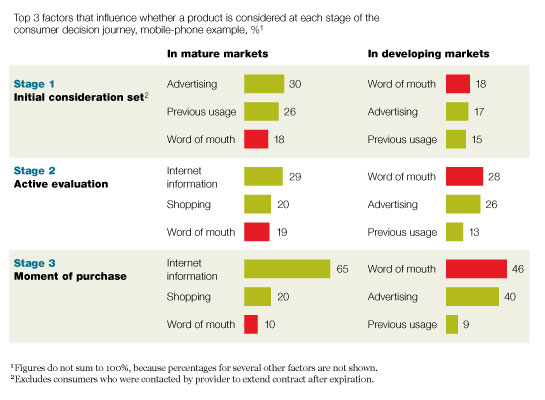
Yet, making satisfied customers speak loudly can be challenging.
What are customer lifecycle marketing activities?
First of all, the marketing team must not neglect any of the stages. Second, it must adopt appropriate tactics to every one of them.
Successfully attracting consumers is possible with a good marketing strategy that includes search engine optimization (SEO), social media, and paid ads. It is essential, however, to see each of these channels as a part of the big picture. Even though a multi-touch attribution is getting harder due to the shift towards greater privacy and walled gardens of data, companies have to try at least to be visible at the places that their potential clients visit. Providing valuable content that is discoverable through search or social media gives a company advantages when the customer starts to consider making a purchase.
At that moment, the brand needs to become the consumer’s top-of-mind seller. Product ratings, opinions, reviews, and – to make the client feel special – e.g., welcome email campaigns with a bonus for new subscribers, may be helpful to encourage customers to buy.
If he or she decides to buy, the company needs to focus on not disturbing him. With precise product descriptions, a transparent returns policy, a wide variety of payment methods tailored to local preferences, clear microcopies, and a well-established CTA, it should be at least achievable.
After conversion, it is time for a whole range of post-purchase activities. A thank you email, product care tips or usage recommendation, feedback request, and – if necessary – quick consideration of a complaint or a speedy refund are the right tools to sustain a good impression.
To encourage clients to return, the company has to give them a good reason (or two) but also behave with great care and tact. The most simple but effective methods are cross-selling and upselling, which means offering clients complementary products. Yet, it is crucial to use these methods wisely. A customer who just bought a hat will probably not need another one for a while. However, to make them feel valued, the company may offer them a discount or time-limited offers for different products, e.g., scarfs.
Summary
The customer lifecycle includes reach, acquisition, conversion and retention stages, and loyalty is a term coined to help marketing teams understand the specific needs of digital customers. By matching the right communication to different stages of consumers’ engagement, organizations may be capable of maximizing the revenue for each client who purchases on their website.

Published December 17, 2019






